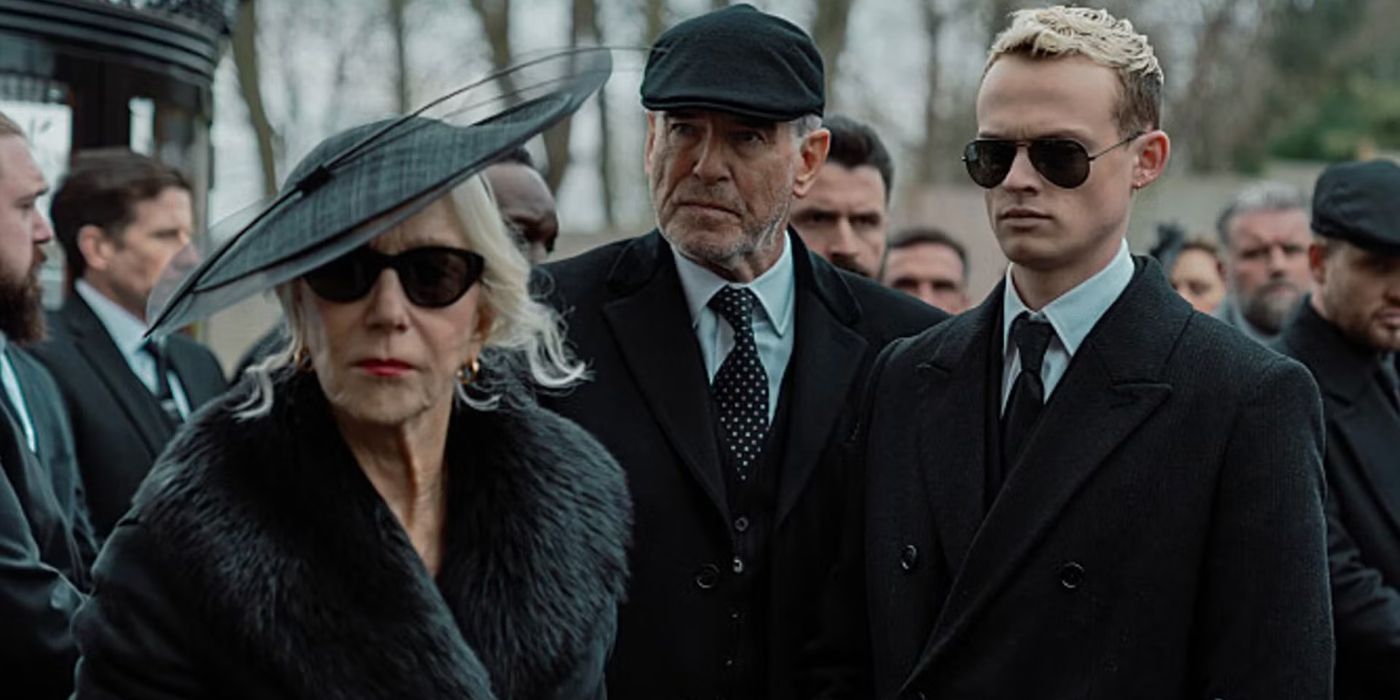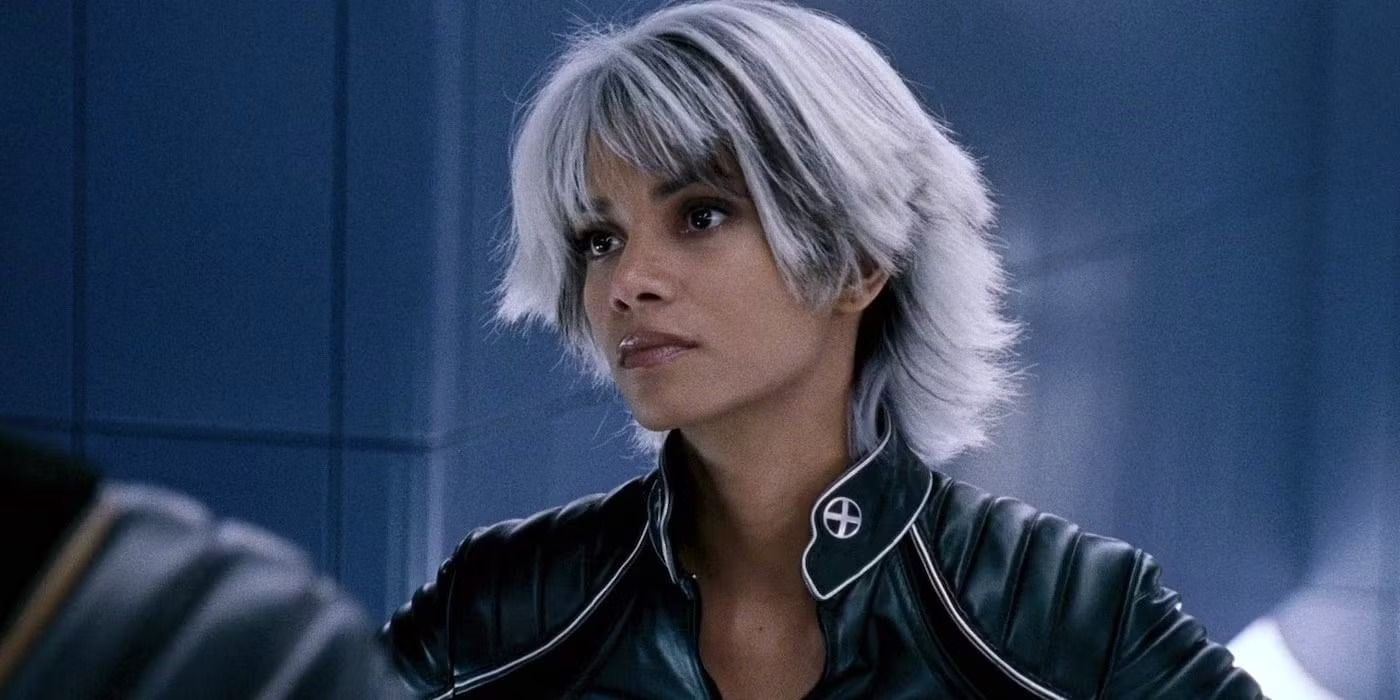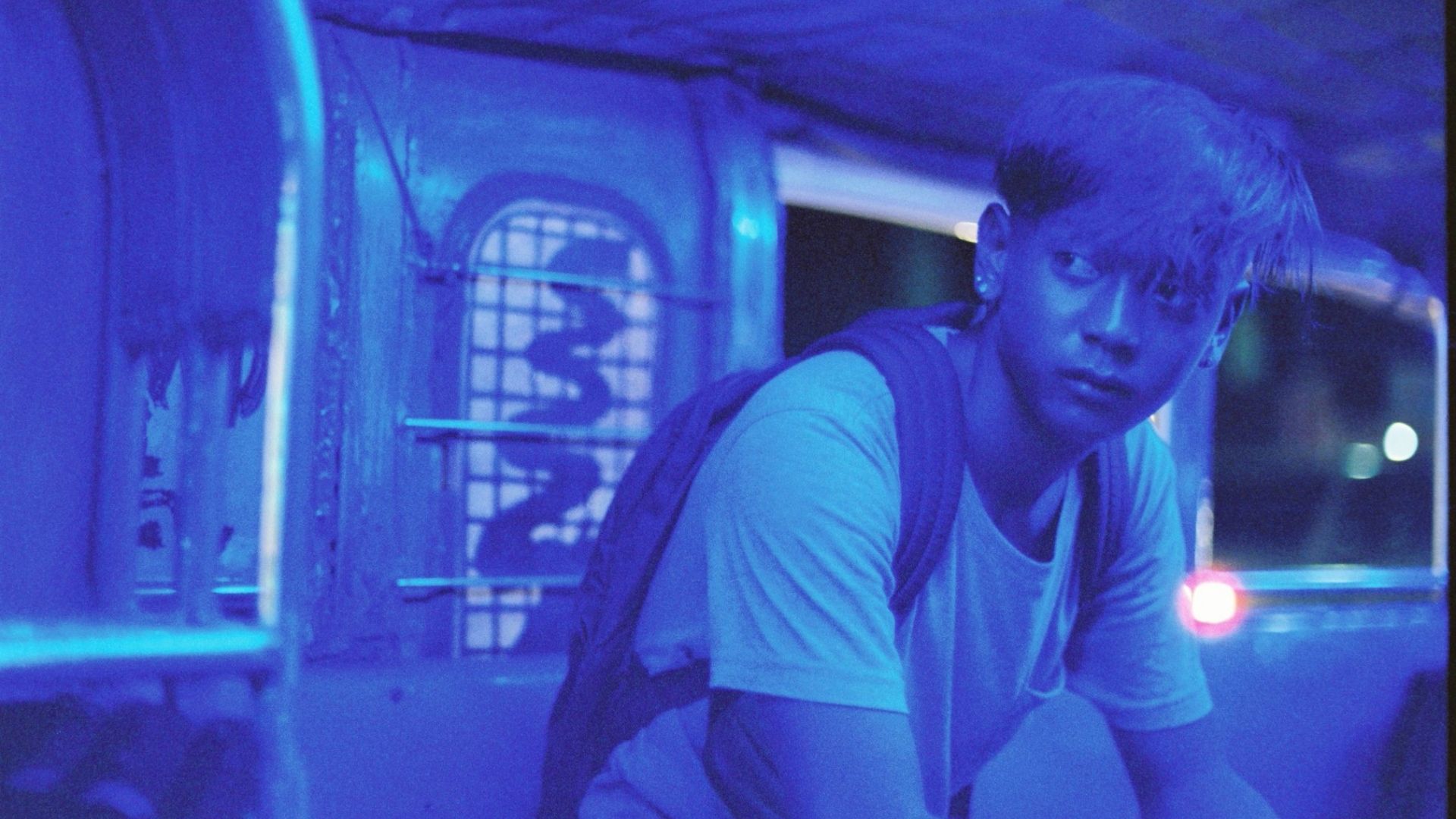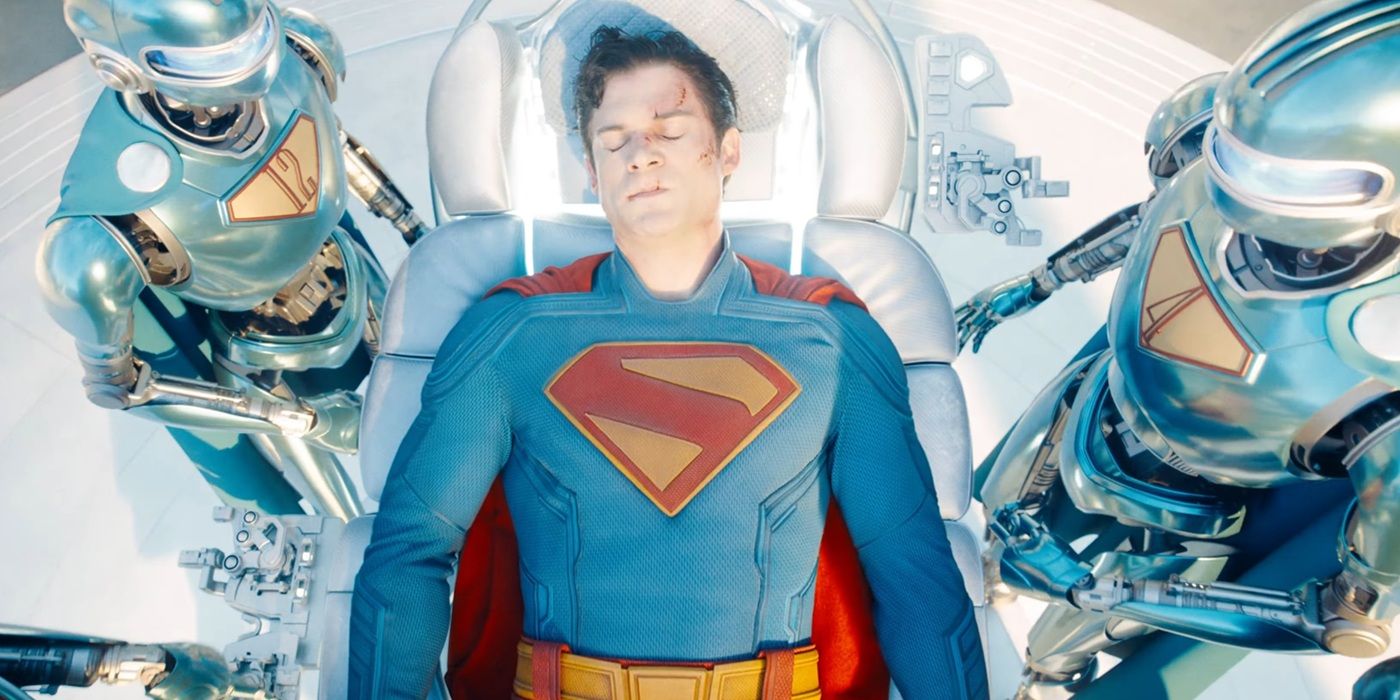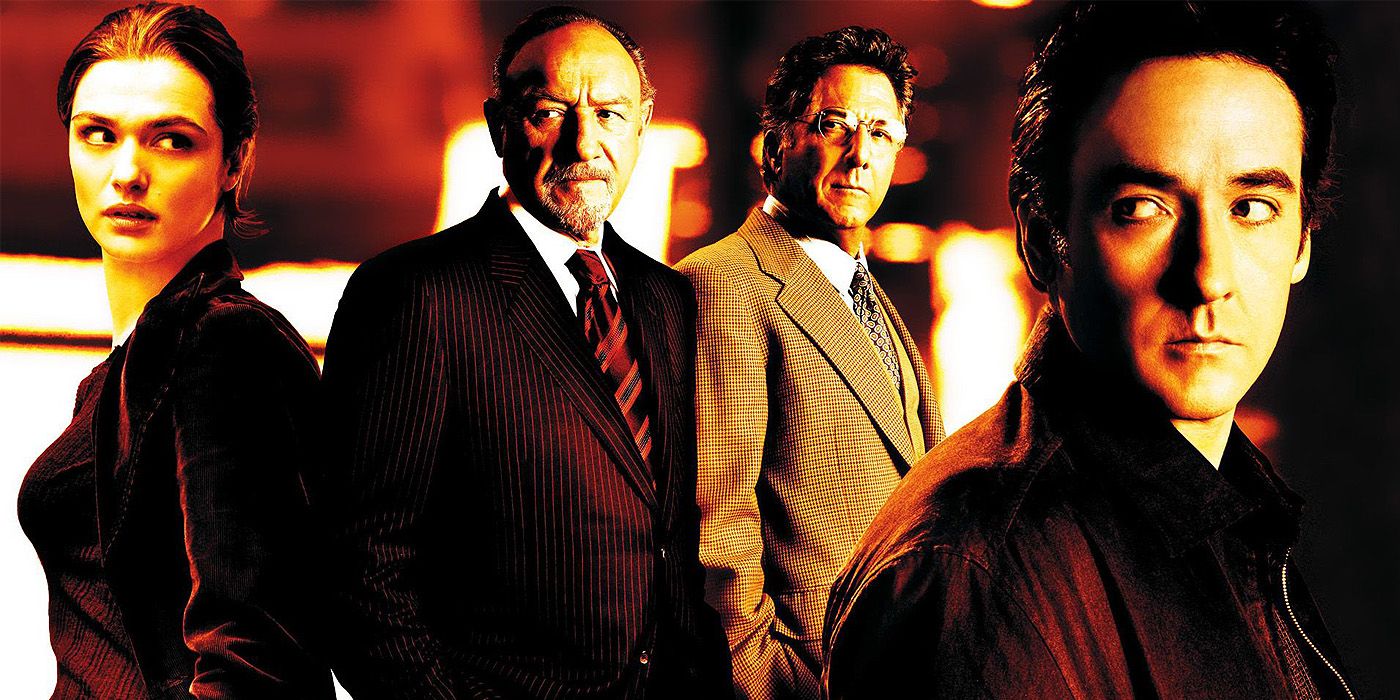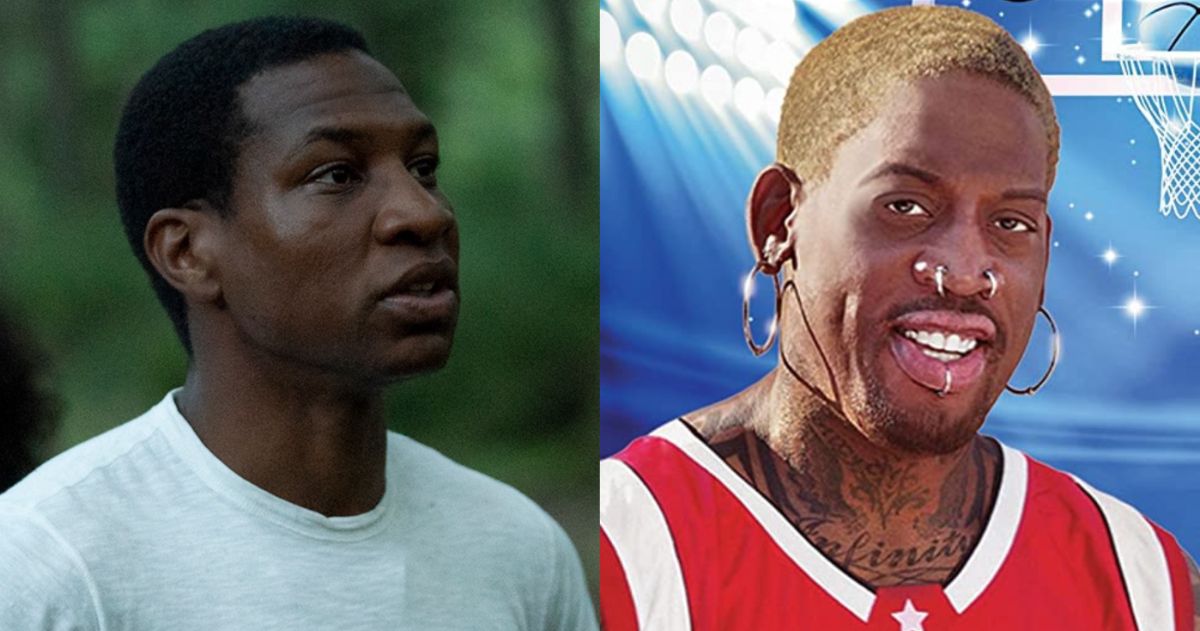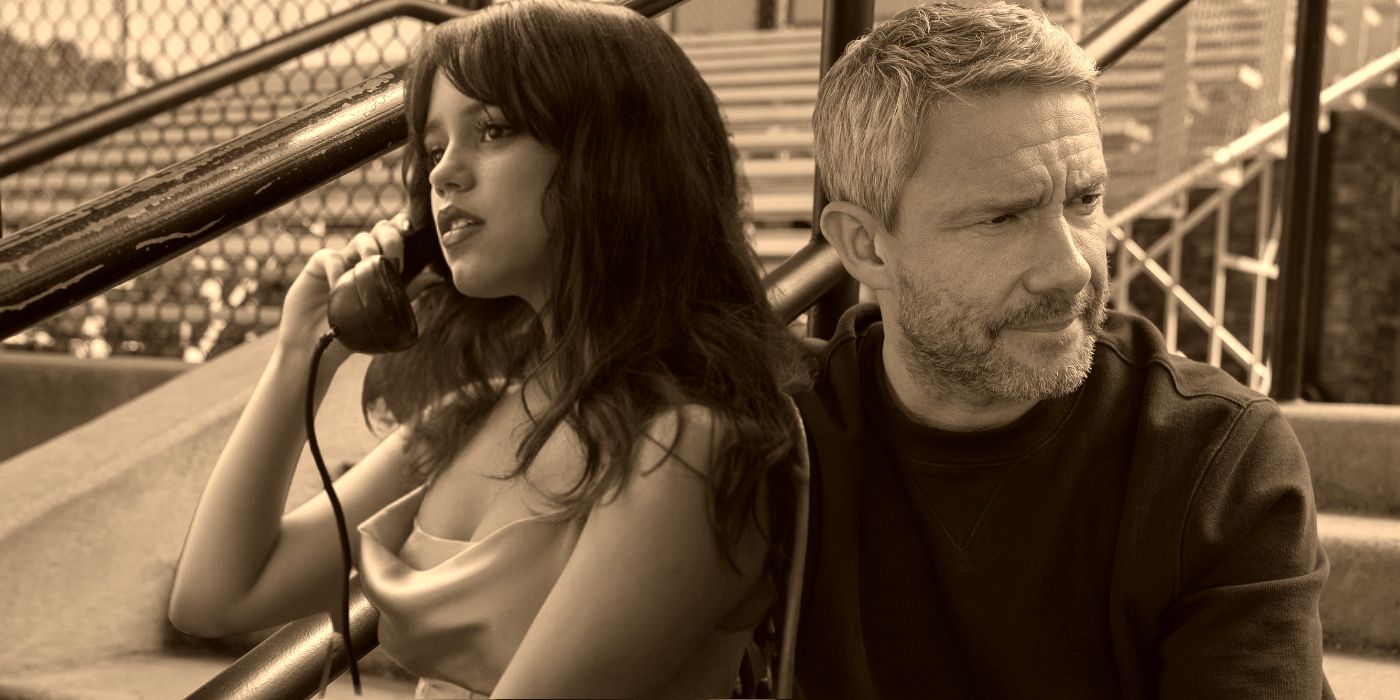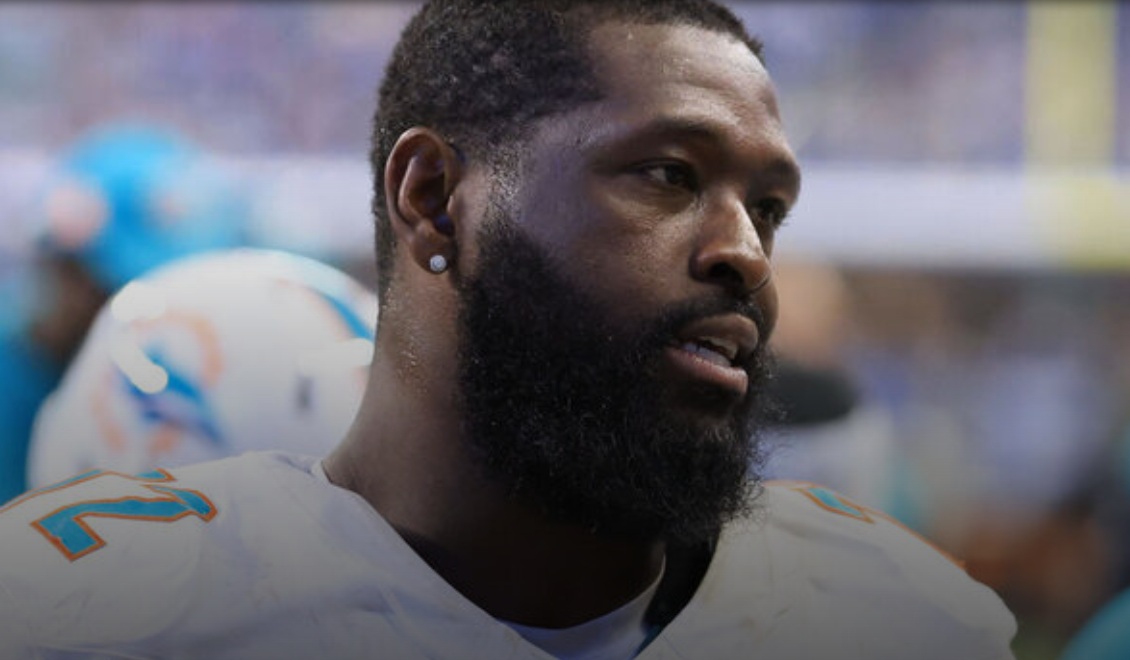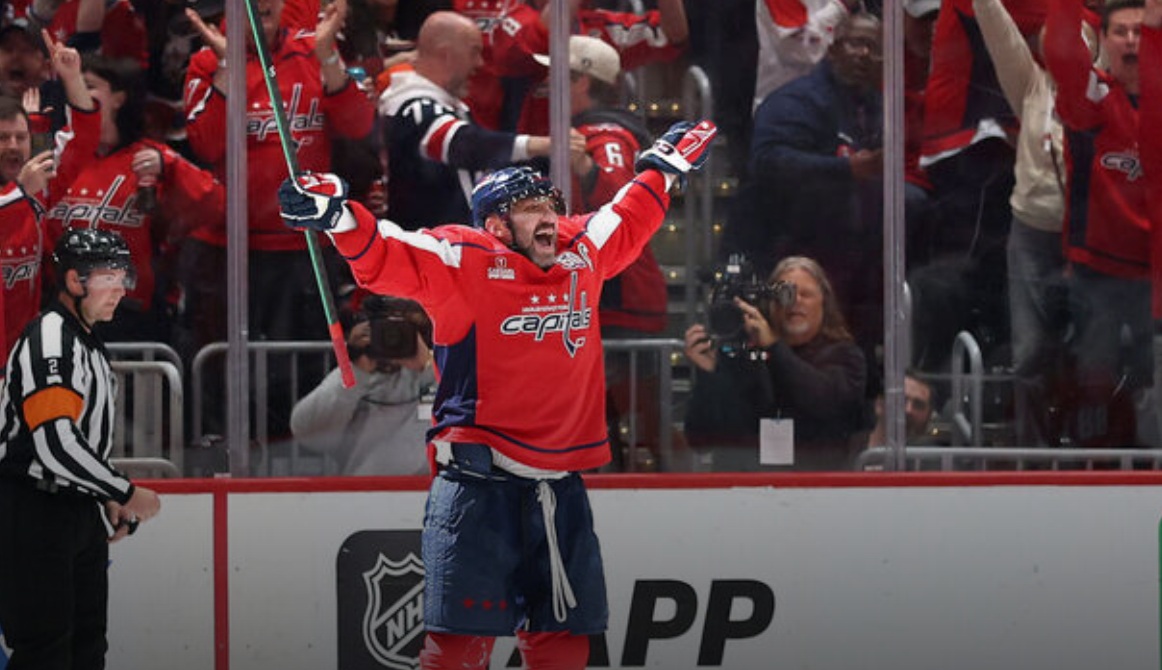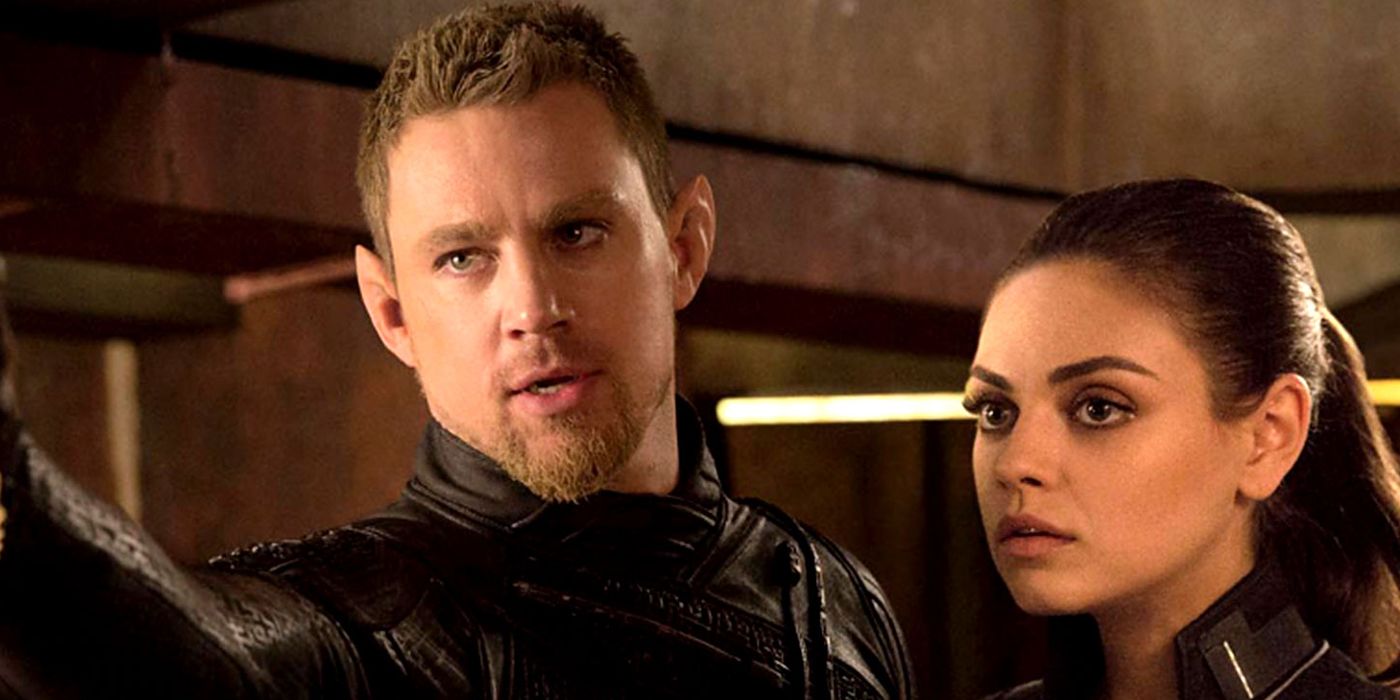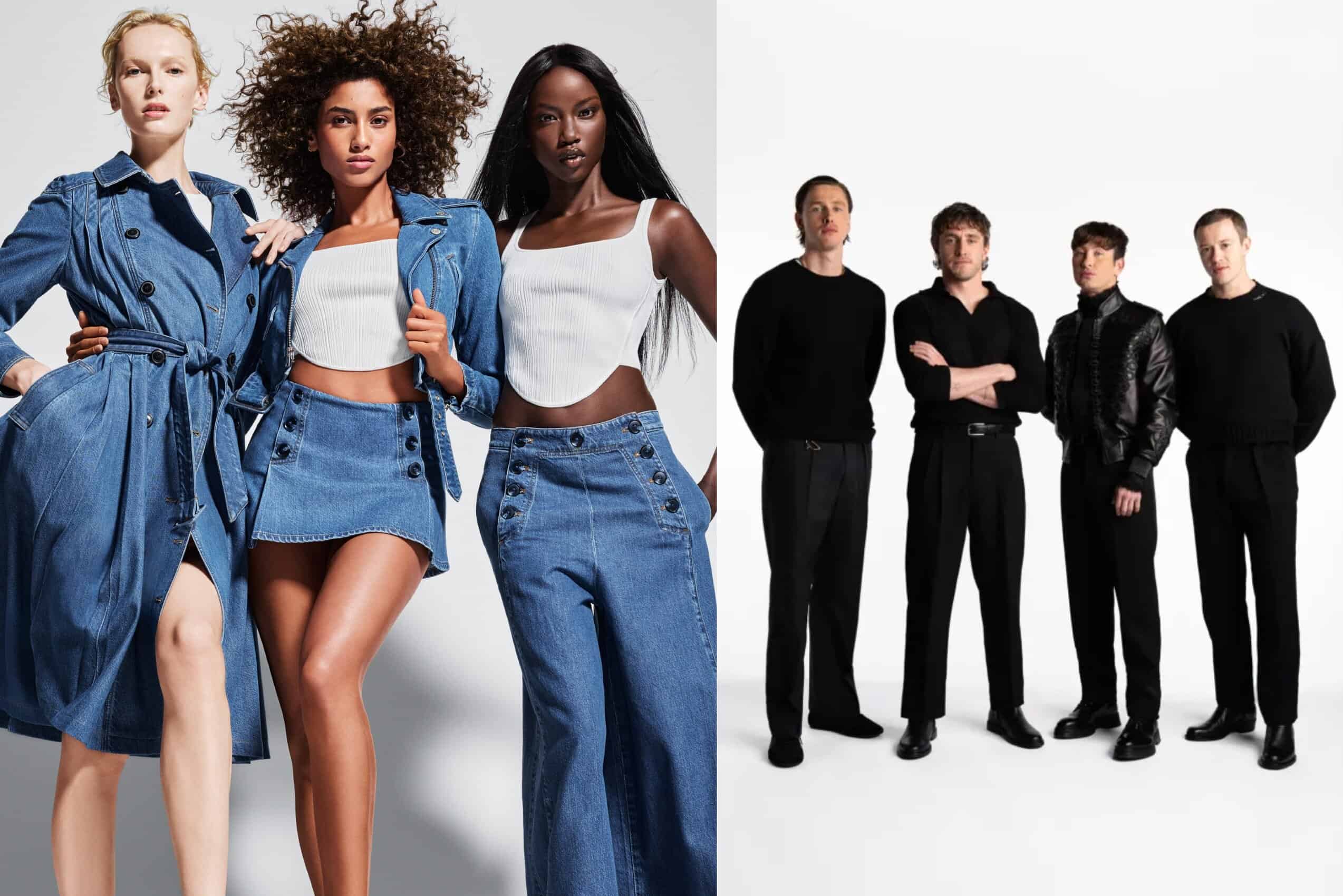In 2002, audiences were captivated by the British horror film 28 Days Later by director Danny Boyle. Made on a budget of $8 million, the movie was a breakout global hit, grossing $85 million worldwide, and redefined the zombie genre for the 21st century. Five years later, a sequel was released, 28 Weeks Later, with Boyle producing and directed by Juan Carlos Fresnadillo. 28 Weeks Later ended on a major cliffhanger, hinting at a third film, which many started calling 28 Months Later. Now, almost 17 years after the release of the previous film, the third movie has finally been announced with a new name: 28 Years Later.
With a new name and working under a different company, the filmmaking duo Garland-Boyle and the now Academy Award nominee Cillian Murphy have reunited to bring the highly anticipated feature film to the fans, who have waited long enough and definitely deserve to see a conclusion to these two iconic horror movies finally. Here is why it took so long to get a third film made and why 28 Months Later shifted to 28 Years Later.
Update February 2, 2024: This article has been updated following the official announcement of 28 Years Later and more details about the upcoming third entry in the popular horror franchise.
A Refresher on the First Two Films
Fox Searchlight Pictures
28 Days Later opens with Jim (Cillian Murphy) waking up in a hospital and slowly discovering that society has broken down due to the emergence of the Rage Virus, which sends its hosts into a state of extreme, uncontrollable rage, turning them into violent monsters. Murphy stars as one of a small band of survivors, alongside Naomie Harris as Selena, Brendan Gleeson as Frank, and Megan Burns as Hannah. Together, they must evade the infected in hopes of finding salvation.
The sequel 28 Weeks Later was released in 2007 and picks up after the events of the first movie, though without the inclusion of Murphy’s character. Starring Robert Carlyle, Rose Byrne, Jeremy Renner, Catherine McCormack, Imogen Poots, and Idris Elba, the film depicts the efforts of NATO military forces to salvage a safe zone in London, the consequence of two young siblings breaking protocol to find their infected mother and the resulting reintroduction of the Rage Virus to the safe zone.
Related: Best Apocalyptic Movies, Ranked
28 Days Later received wide critical acclaim, reinvigorating the horror subgenre, introducing the fast-running zombie, and featuring stellar performances and genuine terror. With an audience score of 85% on Rotten Tomatoes, it became an instant favorite with genre fans and mainstream audiences alike. While not quite matching the instant classic status of its predecessor, 28 Weeks Later still received positive reviews from critics and audiences and held its own in a crowded May release window where it went up against Spider-Man 3, Shrek the Third, and Pirates of the Caribbean: At World’s End at the box office. Fans have been waiting years for a third film.
Why Hasn’t There Been A Third Movie Yet?
20th Century Studios
The first discussions around a sequel started in 2007 when the status would be determined by DVD sales of 28 Weeks Later. The same year, Danny Boyle was promoting Sunshine and said there were possible ideas for a third movie. Yet hope seemed dashed when writer Alex Garland said the rights were held up with people who were no longer talking, and that would prevent any sequel from happening. This was 2010, and it is unclear who Garland was referring to that were not speaking.
Years later, however, Garland opened up about the true reason he was reluctant to working on a sequel, and that had to do more with creative dissatisfaction than anything else. “I resisted it for a long time because there were things about 28 Weeks that bugged me,” he said. “I just thought, ‘F**k that. I’d rather try to write a different story in a different world’.”
While it is true that 28 Weeks wasn’t as good as 28 Days, that’s normal for sequels, and it’s a good movie, even if the comparison to the first one leaves it at a disadvantage. “But a few years ago an idea materialized in my head for what would be really 28 Years Later,” he added. “Danny [Boyle] always liked the idea.” It’s possible that the distance from the second movie has put things in perspective for Garland and made him realize that just because he was a little disappointed with 28 Weeks, the franchise is worth it.
The New Name
Fox Searchlight Pictures
It wasn’t long ago that the confirmation of the third movie was announced, and honestly, there couldn’t be a better timing for it. Both Alex Garland and Danny Boyle have grown a lot as filmmakers, and Cillian Murphy is arguably at the greatest peak of his popularity, with the staggering success of Oppenheimer and his Academy Award nomination for the role.
Related: 28 Days Later: Does it Deserve the Crown for Best Zombie Movie?
Through the years, the title that was going around for the eventual sequel was 28 Months Later, the natural follow-up to 28 Days and 28 Weeks. Now, however, it has been confirmed that the title will be 28 Years Later. It’s fitting, really, considering how long it’s been since the last film in the franchise has come out. The new name seems like an insignificant detail, but in reality, it changes everything, since it conditions the setting of the next movie, and where in their lives we will find our beloved characters.
Sony Has Won The Bidding War For The New Film
Fox Searchlight Pictures
As soon as the sequel was announced, various studios began a bidding war to acquire the film. On January 31, 2024, it was confirmed that Sony acquired the rights to 28 Years Later, which will, of course, have Danny Boyle as director and Alex Garland as writer. The big surprise is that Cillian Murphy will be serving as executive producer, but whether he’ll be reprising his role has not yet been confirmed.
Sony producing this movie is a good thing, as it is a much better fit for this company than it would have been for Disney. 28 Days Later was released through Fox Searchlight, while 28 Weeks Later was the short-lived Fox Atomic, which was meant to specialize in smaller genre pictures. Now 20th Century Fox, titled 20th Century Pictures, is a subsidiary of the Walt Disney Company. While Disney is investing in Fox’s R-rated properties like Alien and Predator, they are primarily streaming releases.
Both Boyle and Garland are big enough names that they could have lobbied for a theatrical release, but Disney might not have been willing to put that investment into a long-awaited horror sequel. It is a brand name, but it would still have been a gamble for the studio, which now seems more risk-averse and is reducing the amount of material they produce.
With Sony, they won’t have to worry about this, as Sony does not have a streaming arm and is certainly in need of big franchises. While they do have Spider-Man, they have lost James Bond, and it is still unclear if Ghostbusters is a sustainable long-term franchise for them. A horror film like 28 Years Later is a good bet for them, particularly with how well horror has done in recent years at the box office. 28 Years Later is intended to not only conclude the first two films but also act as the starting point for a new trilogy, one that hopefully can run for years. Here is hoping Sony Pictures does not find themselves in a similar situation to that of Universal Pictures when they invested $400 million into the Excorcist rights for The Exorcist Believer to underperform and leave the two planned sequels in doubt.
With Sony now developing the film and the writer, director, and former star turned producer onboard, development on the movie should begin soon. No release date window has been given, but hopefully, news will start to roll out soon, and the film may hit theaters by 2025, which would be 23 years from the release of 28 Days Later, very close to the titular 28 Years Later.
28 Days Later is not available to stream. Stream 28 Weeks Later on Hulu.
You can view the original article HERE.


